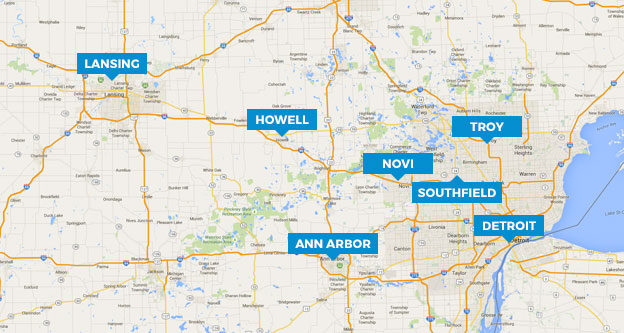Would you believe that the penalty of not filing a tax return is much higher than the penalty for not paying the taxes owed? It is recommended to file a tax return on time to keep penalties from getting too high. As the penalties continue to grow on the already existing tax balance, interest is growing on top of that.
Failure to File Penalty
The Failure to File Penalty is 5% of the unpaid tax each month up to a maximum of 25%. There is a minimum penalty of $205, unless the individual owes less then 205 dollars, then the penalty is 100% of the amount owed. For example, for someone who would owe $100 after filing, the penalty for not filing is another $100. If someone owes $800 the penalty would be $205. Say if the amount due is around $5,000 the penalty would be and extra $250 a month for 5 months with a maximum penalty of $1,250.
Failure to Pay Penalty
The Failure to Pay penalty is 0.5% of the unpaid taxes each month. It can build up to as much as 25% of their unpaid taxes as well. For example, if after filing an income tax return there is a tax balance of $1000, IRS will charge an extra $5 penalty each month up to a maximum of $250.





